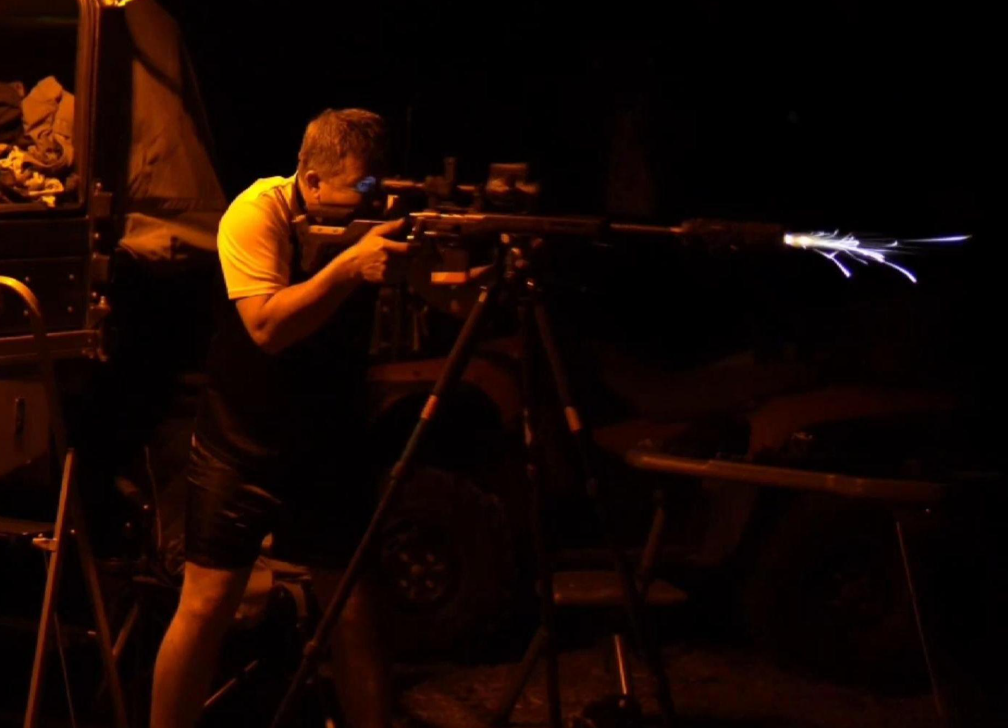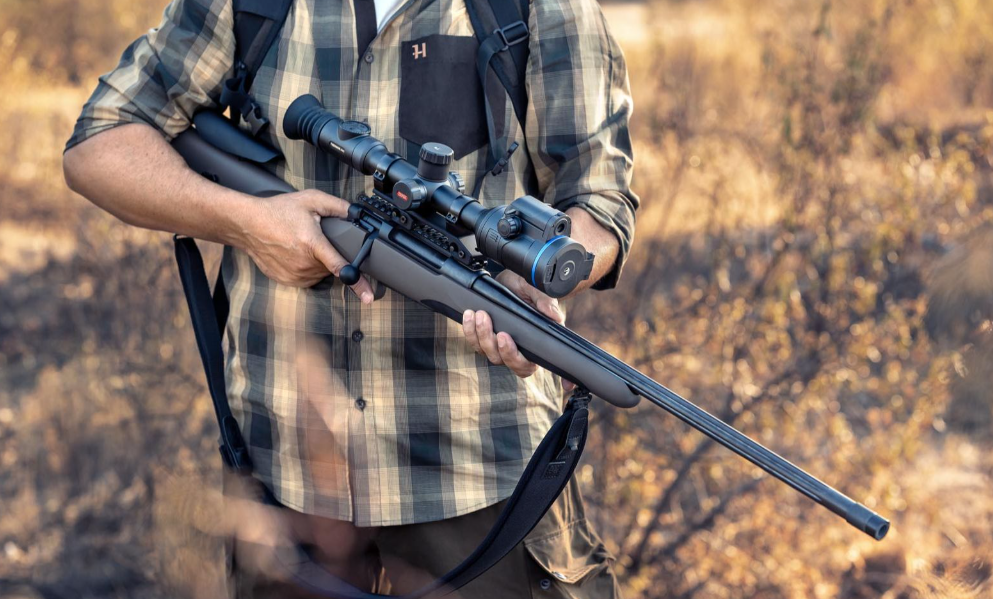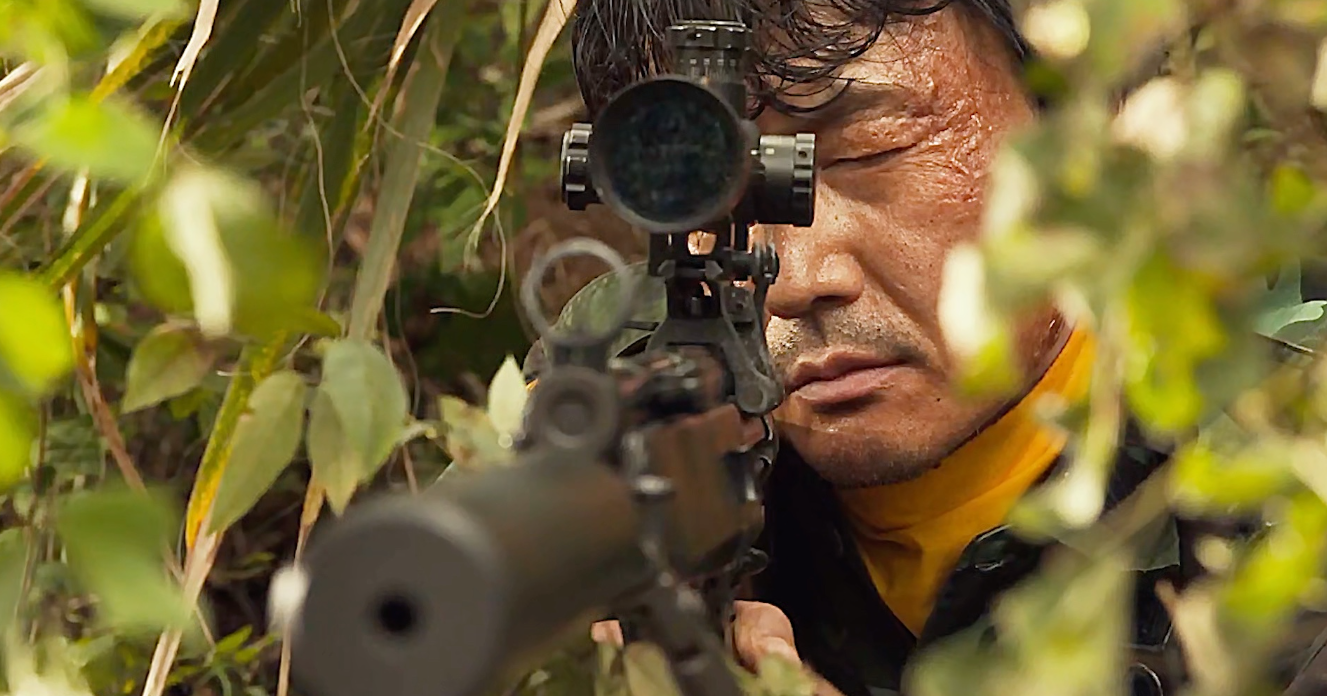Thermal hunting is a hunting activity conducted with the help of a thermal imaging scope. Thermal imaging scopes use infrared thermal imaging technology to detect and display the thermal radiation of target objects, which can help with observation and aiming in low-light or completely dark environments. It is often installed on firearms, allowing hunters to accurately identify and aim at prey at night or in dim light.
In thermal hunting, understanding thermal imaging technology is the basis. This technology generates thermal images based on the infrared radiation emitted by objects, presenting the heat distribution of objects, and can clearly show the outline and position of objects even in low-light conditions. For example, in the forest at night, the heat emitted by animals is different from the surrounding environment. Thermal imaging scopes can convert this difference into visible images, allowing hunters to find hidden prey.

The choice of equipment is crucial. A high-quality thermal imaging scope should have good resolution and sensitivity to capture clear thermal images in a variety of environments. Like the Onick RM series of thermal imaging scopes, its objective lens calibers are diverse, ranging from 19mm for civilian hunting, 35mm for police, to 60mm for military grade, to meet different needs. Different models use uncooled vanadium oxide detectors with a resolution of 640×480, a 12-micron pixel pitch, a 60Hz refresh rate, and different lens systems to provide different field of view ranges such as 22°, 12°, and 7°. At the same time, the new "fast zeroing" function greatly improves calibration efficiency, and there are also multiple reticle, white-hot or black-hot modes to choose from. Some models can capture static images and save them to the built-in memory, or transmit videos through the RS-170 output port, which is very convenient. The Onick RM-20 multi-function thermal imager is designed for night vision and aiming. It has a high frame rate of 50Hz, built-in 64GB storage to support photo recording, Wi-Fi module, digital compass and gravity sensor, etc. Its rugged design combines flexibility and impact resistance, and is easy to operate and install. It is a good choice for night hunting.
Being familiar with thermal image interpretation is a necessary skill for hunters. Through thermal images, hunters must learn to distinguish the difference between prey and background environment. Generally speaking, the body temperature of prey is different from the ambient temperature, and it will present a unique shape and color on the thermal image. For example, on a cold night, the thermal image of a hare will be a relatively bright outline, which is clearly distinguished from the surrounding low-temperature grass and trees.

Adjusting the equipment settings can make the observation effect better. When hunting, it is necessary to adjust the equipment according to environmental changes, including focusing to ensure that the prey image is clear; gain adjustment to control the image brightness and contrast; color mode selection. In white-hot mode, high-temperature objects are displayed as white, low-temperature objects are displayed as black, and black-hot mode is the opposite. Hunters can choose according to the environment and personal habits.
Environmental factors have a significant impact on thermal hunting. Temperature changes, wind direction and speed may change the characteristics of the prey's thermal signal. On hot days, the ground heats up, which may interfere with the capture of small prey's thermal signals; strong winds may blow away the animal's smell and affect its trajectory. Hunters need to flexibly adjust their hunting strategies accordingly.

Legality and compliance are the bottom line of thermal hunting. Different regions have corresponding laws and regulations on hunting, involving hunting time, location, types of animals that can be hunted, and tools used. For example, in some nature reserves, hunting is prohibited throughout the year; some areas have clear restrictions on hunting using thermal imaging technology. Hunters must understand and strictly abide by them to avoid breaking the law.
Thermal hunting combines advanced technology with traditional hunting techniques. By correctly using thermal imaging technology and reasonably selecting and operating equipment, hunters can increase their hunting success rate at night or in low light environments. But always remember that compliance with laws and regulations and paying attention to ecological balance are the sustainable way of hunting.


